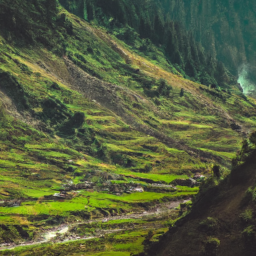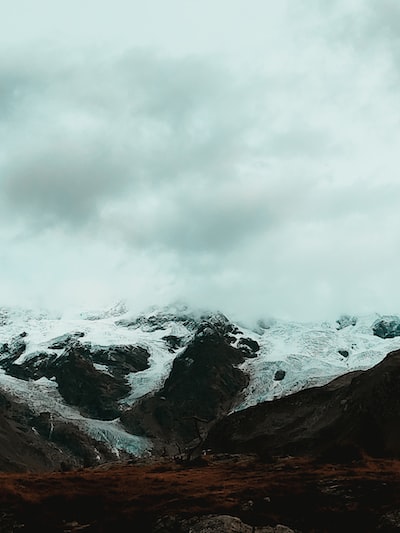Capturing Nature’s Beauty: The Art of Landscape Photography
Landscape photography is a popular type of photography that captures the beauty of nature. With a camera in hand, photographers can capture vistas, seascapes, mountains, and more, preserving the natural beauty of a given landscape. While landscape photography may seem simple, it takes skill and patience to capture that perfect shot. In this article, we’ll explore some tips and tricks for capturing nature’s beauty through the art of landscape photography.
Plan, Plan, Plan
One of the most important things to consider when taking landscape photography is to plan ahead. This means knowing where you want to go, what time of day is best for lighting, and what type of equipment you will need. Researching your location beforehand, as well as the weather and lighting conditions, can make a big difference in the quality of your final photograph.
When planning your gear, make sure you have the right lenses for the job. For instance, a wide-angle lens is great for capturing a vast landscape, while a telephoto lens is better for zooming in on specific details. Additionally, you’ll want to ensure you have the proper filters to help control the amount of light entering your camera and to reduce glare.
Use the Rule of Thirds
One of the first photography rules you probably learned is the rule of thirds. This rule suggests that you should divide your photo into thirds, both horizontally and vertically, creating a grid made up of nine squares. By placing your subject along the lines or at their intersection points, you create a more balanced and visually appealing photograph.

This rule can be particularly helpful in landscape photography, where you want to capture the foreground, middle ground, and background in a balanced way. By placing elements of your photo along the imaginary grid lines, you can create a picture that invites the viewer’s eye to travel through your landscape photo.
Think About Depth and Scale
Landscape photography isn’t just about capturing the beauty of a particular scene; it’s also about creating depth and scale. This can be achieved in a number of ways, such as by using a wide-angle lens to include a large amount of foreground, or by using a small aperture to create a large depth of field.
One way to help create depth in landscape photography is by using leading lines. These are lines within your photo that guide the viewer’s eye from the foreground to the background, creating a sense of depth and distance. Examples of leading lines in landscape photography may include a winding road, a river or stream, or even a line of trees in the distance.
Pay Attention to Lighting
Lighting can make or break a landscape photograph, which is why it’s essential to consider the time of day when taking your photos. The “golden hour,” or the hour after sunrise and before sunset, provides soft and warm light that can help bring out the beauty of a landscape. Cloudy days can also be great for landscape photography, as they offer diffused light that can help create depth and texture in your photos.
If shooting in harsh sunlight, you may want to experiment with different angles and filters to control the amount of light entering your camera. Additionally, shooting during the blue hour, or the time just before sunrise and just after sunset, can produce a unique and moody look that can add drama to your landscape photography.
Experiment with Settings
Finally, don’t be afraid to experiment with different settings on your camera. Landscape photography can benefit from different shutter speeds, apertures, and ISO settings, so it’s worth exploring what works best for your particular style. For instance, you may want to use a long shutter speed to capture the motion in a waterfall, or a small aperture to create a large depth of field and ensure all elements are in focus.
Another tip is to take several photos of the same scene using different settings, so you have a variety of options to choose from when editing your final photo. By experimenting with settings, you can develop your own unique style and capture the beauty of nature in your own way.

Capturing nature’s beauty through the art of landscape photography can be a rewarding and satisfying experience. By planning ahead, using the rule of thirds, considering depth and scale, paying attention to lighting, and experimenting with settings, you can create stunning photos that capture the true essence of the natural world.